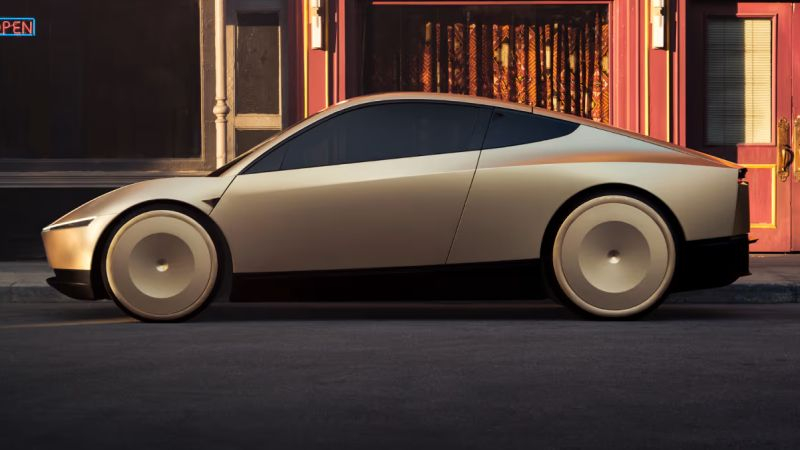The recent twenty-minute presentation of the Tesla Cybercab robotic taxi did not leave time for questions for the company’s management, but it will have to face them this week when publishing quarterly reports. And Tesla is facing its first-ever year-end sales decline, not to mention its ever-decreasing profit margin.

Image Source: Tesla
As Reuters suggests, questions about the degree of Tesla’s technical progress in creating a full autopilot and robotic taxis may turn out to be one of the most inconvenient for this automaker at the upcoming reporting event. Promises of a bright autonomous future won’t distract investors from Tesla’s immediate challenges in producing electric vehicles.
Price wars are systematically depriving Tesla of one of its main advantages in the electric vehicle market – its high profit margin compared to its competitors. If in the first quarter of 2022, Tesla’s profit margin in the automotive segment reached 30%, then by the second quarter of this year it dropped to 14.6%, and by the end of the third it risks rising to only 14.9%, as noted by analysts surveyed by Visible Alpha.
Since the fourth quarter has already arrived, at the reporting event Tesla will have to give a forecast for the number of electric vehicles that it can deliver this year as a whole. To reach last year’s 1.8 million-plus units, it will have to ship more than 516,000 cars to customers during the fourth quarter. In the current conditions, this seems unlikely, so according to industry analysts’ forecasts, Tesla is able to end the current year with a decline in electric vehicle shipments, ranging from noticeable to insignificant. The LSEG consensus is that supply volumes will decline by 0.3% to 1.8 million units.
Since 2014, Tesla has annually increased its electric vehicle shipments by at least 26%, and in 2018 and 2021 it saw growth of 58% and 47%, respectively. In 2022, the growth rate was limited to 28.7%, in the past it dropped slightly to 27.4%, but this year it may give way to a fall for the first time in the history of the company. In some markets, Tesla can still attract customers with the low price of its products, but an outdated and too narrow model range is beginning to become a problem for the company in China, where new models of competitors are released monthly.